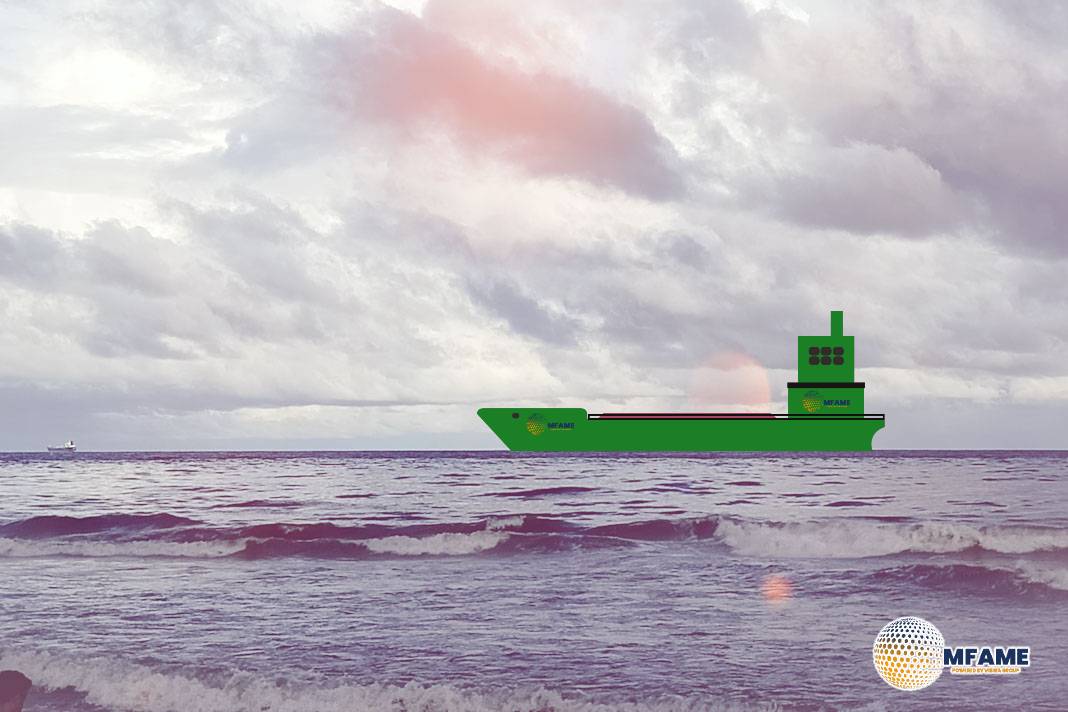The United States and South Korea publicly released the details of a landmark trade and investment agreement, which combines economic collaboration with strategic security considerations, reports Reuters.
The deal is valued at tens of billions of dollars and includes major investments in U.S. industries, particularly shipbuilding, as well as new cooperative measures in defence, including nuclear-powered submarines.
$350bn investment deal with shipbuilding focus
As part of the agreement, South Korea will invest a substantial $150 billion into the U.S. shipbuilding industry, with an additional $200 billion allocated to broader industrial sectors. In exchange, the U.S. will reduce tariffs on South Korean exports, including automobiles, from 25% to 15%. This move aims to ease trade tensions and enhance the bilateral relationship between the two nations. Furthermore, semiconductors from South Korea will receive tariff treatment on par with those from Taiwan, providing South Korea with more favorable market access.
One of the most significant aspects of the deal is its military component. Under the new agreement, the U.S. has granted South Korea approval to build nuclear-powered submarines in collaboration with American expertise. Additionally, the deal facilitates joint efforts in uranium enrichment and spent-fuel reprocessing, signaling a shift in South Korea’s defence capabilities. These provisions are seen as a major step forward for South Korea’s ambitions to strengthen its security posture in the region, particularly amid ongoing tensions in the Asia-Pacific.
However, the deal comes with careful financial stipulations. To prevent market instability, South Korea’s investments will be phased over time, with no more than $20 billion invested annually. Additionally, the U.S. has agreed that South Korea may adjust the timing of its investment based on economic conditions, ensuring a balanced approach to financial stability. This mechanism reflects a mutual understanding of the potential economic risks that could arise from such a massive cross-border initiative.
The deal represents a diplomatic and industrial milestone for South Korea. President Lee Jae-myung hailed the agreement as the culmination of intensive negotiations, emphasizing that his government had successfully turned a potential economic challenge into an opportunity for trade and security. For the United States, the agreement is not just a trade deal but also a strategic move to solidify its ties with a key ally while bolstering its own industrial base in critical sectors like shipbuilding and nuclear technology. The cooperation on submarines and nuclear fuel highlights the security dimension of the agreement, which goes beyond trade and touches on broader geopolitical concerns.
While the deal has been framed as a significant achievement, it is not without its challenges. The agreement, which takes the form of a non-binding memorandum of understanding (MOU), requires further implementation steps that include presidential approval of specific projects and fund transfers within 45 days. Analysts remain cautious about the deal’s long-term impact, questioning whether the terms are as favorable to South Korea as those offered to other global trade partners like Europe or Japan. The real test will be in the execution, as the fine details of the agreement are rolled out in the coming months.
Additionally, there are concerns over the potential economic and security implications of the deal. South Korea’s involvement in nuclear-powered submarines and fuel-cycle cooperation carries significant responsibilities and costs, which some observers see as a necessary but heavy burden. A former South Korean navy officer noted that while the deal would require substantial investment in defense, it was an “inevitable choice” given the regional security dynamics and South Korea’s desire for greater autonomy in its defense capabilities.
The agreement comes at a time when global trade alliances are shifting, and there is increasing competition in strategic industries. By securing U.S. approval for nuclear-powered submarines and increased investment in key industries like shipbuilding and semiconductors, South Korea is positioning itself as a more powerful player in both the economic and security arenas. At the same time, the U.S. stands to benefit from an influx of Korean capital into its industrial base, further strengthening the bilateral relationship between the two nations.
Did you subscribe to our daily Newsletter?
It’s Free — Click here to Subscribe!
Source: Reuters
















